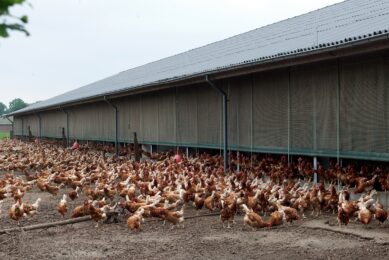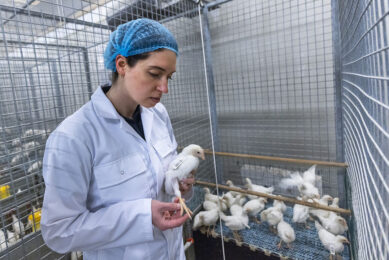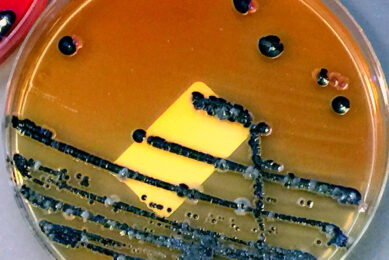130 poultry vets join American College of Poultry Vets Workshop
The 2011 workshop organised by the American College of Poultry Veterinarians took place on March 20 in Sacramento, California. This year’s topic was “from basics to field applications: poultry vaccination and immunity”.
Around 130 poultry veterinarians attended the 1-day workshop, which traditionally takes place prior to the Western Poultry Diseases Conference.
Poultry immunity
Well known face to the poultry industry Jagdev Sharma from Arizona State University kicked off the meeting with a in-depth overview about the avian immune system. Peter S. Holt from the USDA gave a presentation about bacterial immunity and emphasised the importance of the crop. Holt explained that the crop (ingluvies) can be readily colonised by Salmonella and was shown to be an important source of Salmonella carcass contamination (Hargis et al, 1995). Interestingly it was also shown that Salmonella presence was higher in crops of brown birds compared to white birds. Shedding of the bacterium was the same in brown and white chickens though.
Vaccines and coccidiosis
John McCarty from Merial gave an excellent update on the role that vaccines have in controlling coccidiosis – the most important parasitic infection in poultry. Anticoccidial drug can be classified in sulfas, chemicals, ionophores or a combination. McCarty explained that since the year 2000 no new anticoccidial products have been developed due to high costs and consumer pressure. However, existing products are well working anticoccidials and choosing a certain vaccine depends on the performance in the field.
Critical aspects for in-ovo
Chris Williams from Pfizer Poultry Health spoke about in-ovo vaccination, its techniques and critical aspects. Although in-ovo (in the egg) vaccination is becoming the most common applied form of vaccination, still many things can go wrong. The five critical points are egg location, shell penetration, site of injection, vaccine specifications and sanitation. These points all need careful attention and monitoring.
HE vaccination turkeys
Haemorrhagic enteritis virus (HEV) in turkeys cause gastrointestinal haemorrhage and leads to 10-15 percent mortality. William Pierson from Virginia Tech explained that HEV is extremely stable under environmental conditions found in most poultry houses. The most common causes of vaccine failure are the presence of disinfectant in the water delivery system (usually chlorine), mechanical dysfunction of the water or vaccine distribution system.
Salmonella control
Infections of Salmonella enteritidis have been a prominent international public health and economic issue for many years. According to Richard Gast from the USDA we have to prevent another great outbreak as was seen in the US in 2010. During this outbreak 1,939 associated human illnesses were reported in the country. According to Gast, vaccination can serve an important role by reducing the susceptibility of poultry to Salmonella infection. Gast named the UK as a success story where vaccination has been the cornerstone of efforts to control Salmonella and with great success.
DNA vaccines
Mark Jackwood concluded the full day of presentations by giving an insight in the new technologies and emerging concepts in avian vaccinology. Jackwood named the new type of vaccines – the DNA vaccines promising but they still suffer from high costs and low potency, he said. Another group – the subunit vaccines – are immunogenic proteins or glycoproteins from pathogens expressed in yeast. These vaccines are limited in their application for poultry because they need to be injected generally with an adjuvant.
Join 31,000+ subscribers
Subscribe to our newsletter to stay updated about all the need-to-know content in the poultry sector, three times a week. Beheer
Beheer








 WP Admin
WP Admin  Bewerk bericht
Bewerk bericht